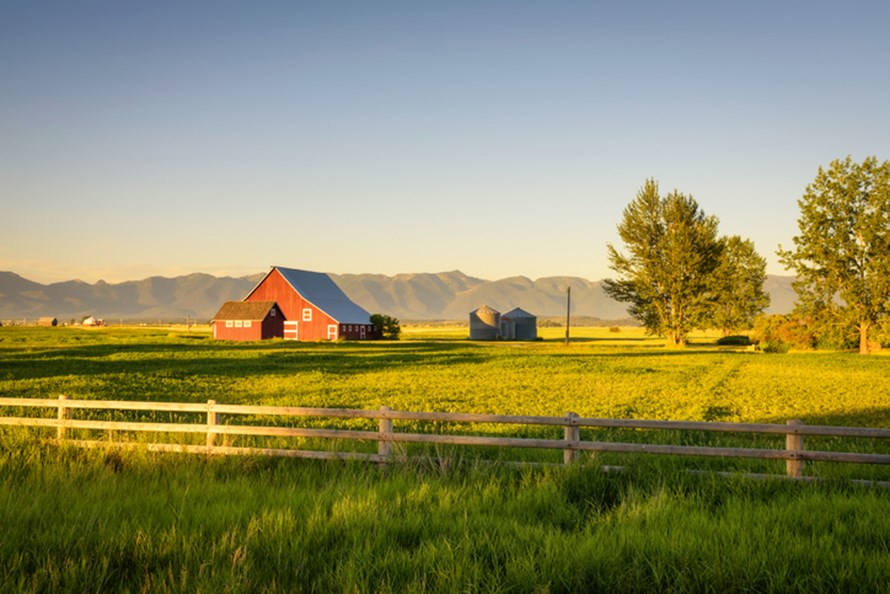There has been a dramatic shift on the prairie landscape. If you live in a city you are likely not aware of this change. If you talk to farmers, or anyone in rural areas, it will be a topic of lively conversation.
Prior to 2010 farmers owned and operated almost all of the land in the prairies. In 2010 the beginning of a new paradigm began. Farmers were reporting the highest profits in decades, interest rates were at historic lows, all while Western Canadian farmland was valued far less than almost any other land it the free world. The stars had aligned perfectly for investors.
Investor buying became common and many of the farmland purchases between 2010 and present day have been investor purchases. As an Agriculture Specialist with Re/Max in Saskatchewan I see approximately 60 per cent of my buyers being investors. Although investors are buying at a fast pace only 2 per cent of the farmland in the province is owned by investors today.
Saskatchewan was the epicentre of this transformation due to its land values that were often half to one-third of that in neighboring Manitoba and Alberta. Saskatchewan land values doubled between the years 2011-2015. The average price per acre in 2011 was $624 per acre which rose to $1,159 per acre by 2016. Land values continue to rise at a healthy pace today.
Investors see opportunities in owning Saskatchewan farmland because they believe it is undervalued in the world market and that it will continue to appreciate at a steady pace. Investors tell me they are optimistic about owning farmland as the investment is safe and easy to manage when they have proper representation.
The baby boomer demographic has built a bubble where as much as 50 per cent of the farmland in North America could change hands over the next 15 years. This has created a lot of opportunity for farmers and investors who want to expand their portfolio in the agriculture sector.
Non Canadian investors and pension funds are not allowed to purchase land in Saskatchewan. If this regulation were ever to be relaxed land values would climb at unprecedented rates as pension plans, Asian money and countless others would gobble the land base up quickly. The demand is there, it is government regulation that is holding this back.
Human population growth plays a strong role in driving up land values. In 1975 the world had three billion people. It is at a staggering 7.5 Billion today. Some analysts predict 15 Billion people will inhabit the earth by the year 2100. Not only is the world’s population climbing at an unprecedented rate, but a greater percentage of this population can now afford quality food. The rising middle class in India and China are major players in this changing landscape.
Biotechnology other leading edge technologies are helping keep food supply in line with demand today. Can technology keep production in alignment with supply? This question has played role in making prairie farmland a precious resource.
As an agriculture real estate specialist, my role is to first educate the buyers about what they are buying and why. Once we find land that meets all our criteria, I value the land and guide the buyer through the process of making an offer In the final stages I find a reputable tenant and help negotiate a lease that is favorable to my client. My goal is to provide the buyers with an educational, simple and fun process for purchasing a farmland investment.
Western Canada will continue to play a major role in feeding the world in the future. I am excited to watch this high tech and boisterous industry evolve.
Next: Don't wait to buy land
Previous: Feature | Six top landlord cities



